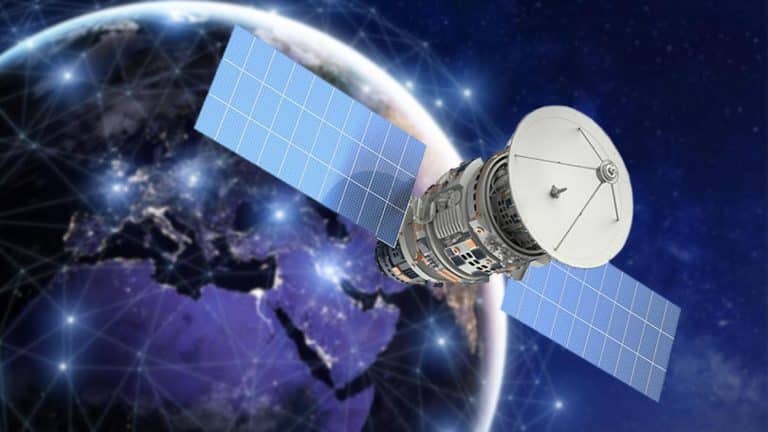Is it the first time you’ve heard the term “satellite internet?” Ever wondered how satellite internet works and why it’s so expensive to use? We will go into further depth about these issues today. So let’s get started.
Using a satellite that revolves around the globe to receive an internet signal from your internet connection, satellite internet is a form of wireless connection that is becoming increasingly popular.
There are significant differences between this and our traditional terrestrial internet services such as DSL or fiber-based internet, which transmit data through cables. Satellite internet, in its most basic form, provides a way of connecting individuals who live outside of the reach of regular wired broadband connections to the internet through a satellite dish. Because it is the only online resource that is accessible from everywhere in the world.
Contents
Satellite Internet has a number of advantages.
There are several benefits to using satellite internet, but the following are a few of the more significant:
- Simple
- Reliable
- Fast
What Are the Possibilities of Using Satellite Internet?
Satellite internet functions in a similar way to traditional land-based internet, in that users, may browse the internet, download information, and upload content. Individuals who live in rural or distant regions are more likely to utilize this sort of internet connection than others.
This sort of technology is always growing as more and more people utilize this form of connection, which is currently capable of providing far higher rates than a standard internet connection.
What is the Process of Using Satellite Internet?
How satellite internet works, however, is the major question that arises in everyone’s mind when they hear the word satellite in this context. The following is an explanation of how satellite internet works.
- Satellite internet is a method of transmitting and receiving data utilizing radio waves from a comparably tiny satellite dish that is orbiting the Earth.
- Your internet service provider transmits a fiber-based internet beacon to a satellite that is currently orbiting the earth to communicate with it.
- After that, the internet beacon returns to you and is picked up by your satellite dish, which you may then use.
- The modem is connected to the satellite dish through a coaxial cable. And the modem is linked to your computer, which is connected to the internet beacon, as well.
- The entire application then redirects back to your internet service provider, which is how satellite internet operates.
- So now we all know that satellite internet does not rely on land-based wires, but rather on a satellite dish that communicates with the user in a two-way fashion. Mostly, you’ll be downloading and uploading. The upload rate is approximately one-tenth of the download rate of 500kbps.
- The download rates of DSL and wired internet are significantly higher, while satellite systems are 10 times quicker than the average internet connection.
Companies That Provide Two-Way Internet Service
There are several firms that provide two-way internet service, and some of them are listed below:
- Tachyon (Serving in US, Western Europe, and Mexico)
- StarBand
- Pegasus Express
Geostationary Satellite (also known as a geostationary satellite)
When viewed from the surface of the planet, a geostationary satellite seems to be at a fixed place in orbit, indicating that it is in fact in that position. Satellites that are available in that region move in synchronization with the rotation of the cosmos, according to a recent study. This satellite is orbiting the globe at a distance of 22,237 miles above the surface.
Satellite’s Latitude and Longitude
Geo-stationary satellites do have a longitude point with names like AMC-4 or Galaxy 18, where longitude refers to the theoretical lines that travel along the land for global mapping, and these satellites have longitude points with names like AMC-4 or Galaxy 18. The longitude of the Earth is measured in 360 degrees. Moreover, if you know the longitude of a satellite, you may simply calculate the position of a satellite that is situated elsewhere in the sky.

